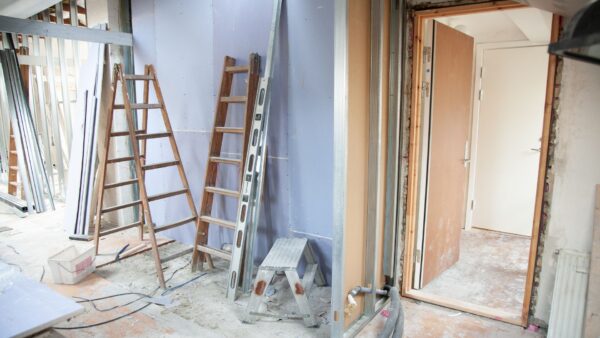Frequently, real estate investors try to differentiate between repairs they can deduct immediately and capital expenditures which are deducted over a long period of time. Typically you want your deductions now, thus reducing taxes. But Canada Revenue Agency (CRA) knows that repairs and maintenance vs capital expenditures is subject to significant debate.

Capital expenditures – Longer term benefit
Generally speaking if you incur an expenditure that will benefit you for greater than 12 months, you have a capital asset. With this extended benefit, CRA wants you to deduct the cost of the asset over a period of time instead of all at once. For example, if you add a new room to your rental property, you cannot deduct these costs in the year incurred. Rather, you add the cost to the building itself and slowly deduct over time as permitted. In practice this simplification becomes difficult.
4 factors on repairs and maintenance vs capital expenditures
CRA provides guidance to taxpayers through IT-128R Capital Cost Allowance — Depreciable Property. In section 4, they describe factors to consider.
Enduring benefit
(a) Enduring Benefit — Decisions of the courts indicate that when an expenditure on a tangible depreciable property is made “with a view to bringing into existence an asset or advantage for the enduring benefit of a trade”, then that expenditure normally is looked upon as being of a capital nature. Where, however, it is likely that there will be recurring expenditures for replacement or renewal of a specific item because its useful life will not exceed a relatively short time, this fact is one indication that the expenditures are of a current nature.
Maintenance or betterment
(b) Maintenance or Betterment — Where an expenditure made in respect of a property serves only to restore it to its original condition, that fact is one indication that the expenditure is of a current nature. This is often the case where a floor or a roof is replaced. Where, however, the result of the expenditure is to materially improve the property beyond its original condition, such as when a new floor or a new roof clearly is of better quality and greater durability than the replaced one, then the expenditure is regarded as capital in nature.
Integral part or separate asset
(c) Integral Part or Separate Asset — Another point that may have to be considered is whether the expenditure is to repair a part of a property or whether it is to acquire a property that is itself a separate asset. In the former case the expenditure is likely to be a current expense and in the latter case it is likely to be a capital outlay. For example,
the cost of replacing the rudder or propeller of a ship is regarded as a current expense because it is an integral part of the ship and there is no betterment; but the cost of replacing a lathe in a factory is regarded as a capital expenditure because the lathe is not an integral part of the factory but is a separate marketable asset.
Relative value
(d) Relative Value — The amount of the expenditure in relation to the value of the whole property or in relation to previous average maintenance and repair costs often may have to be weighed. On the other hand, the relationship of the amount of the expenditure to the value of the whole property is not, in itself, necessarily decisive in other circumstances, particularly where a major repair job is done which is an accumulation of lesser jobs that would have been classified as current expense if each had been done at the time the need for it first arose; the fact that they were not done earlier does not change the nature of the work when it is done, regardless of its total cost.
Court cases, particularly since the creation of the Interpretation Bulletin, are contradictory in many instances although often hold at least in part to the above opinion from CRA.
First year repairs and maintenance
The most notable exception to the above guidelines for real estate investors relates to purchasing a property and incurring various repair expenditures during the first year.
These expenditures are much more likely to be viewed as capital where the repairs were used to put the property in a “suitable condition for use.” What may otherwise be a normal deductible repair in later years could be considered capital in the first year of ownership. The same can be true for the year a property is sold.
Art vs. science on repairs and maintenance vs capital expenditures
Determining whether an expenditure can be deducted immediately or over time is more of an art than a science, but is a critical part of your tax planning. A variety of techniques can be implemented to help you influence the treatment, but are better done in advance as compared to when preparing your tax return. Discussions with your accountant can pay huge dividends.
Please exercise caution as this article is general in nature and should not be relied upon or acted on prior to discussion with your qualified tax advisor.
Versions of this article have appeared in various real estate publications.
Resources
For additional resources related to the repairs and maintenance vs capital expenditures, see:
More questions?
Still have questions? I want to help you Do wonderful things®, so please contact me today.
Remember – circumstances are unique! This information is summary in nature. Seek out advice from your tax advisor about your specific situation.


